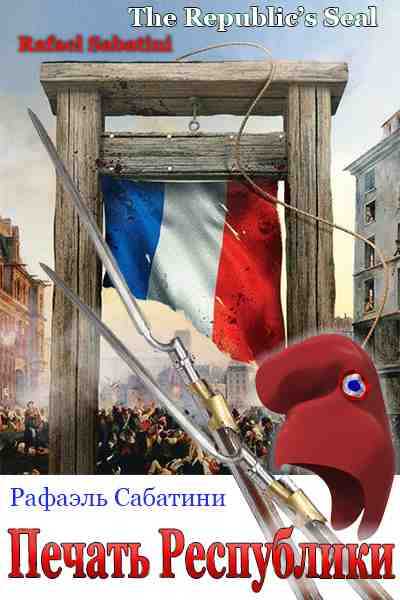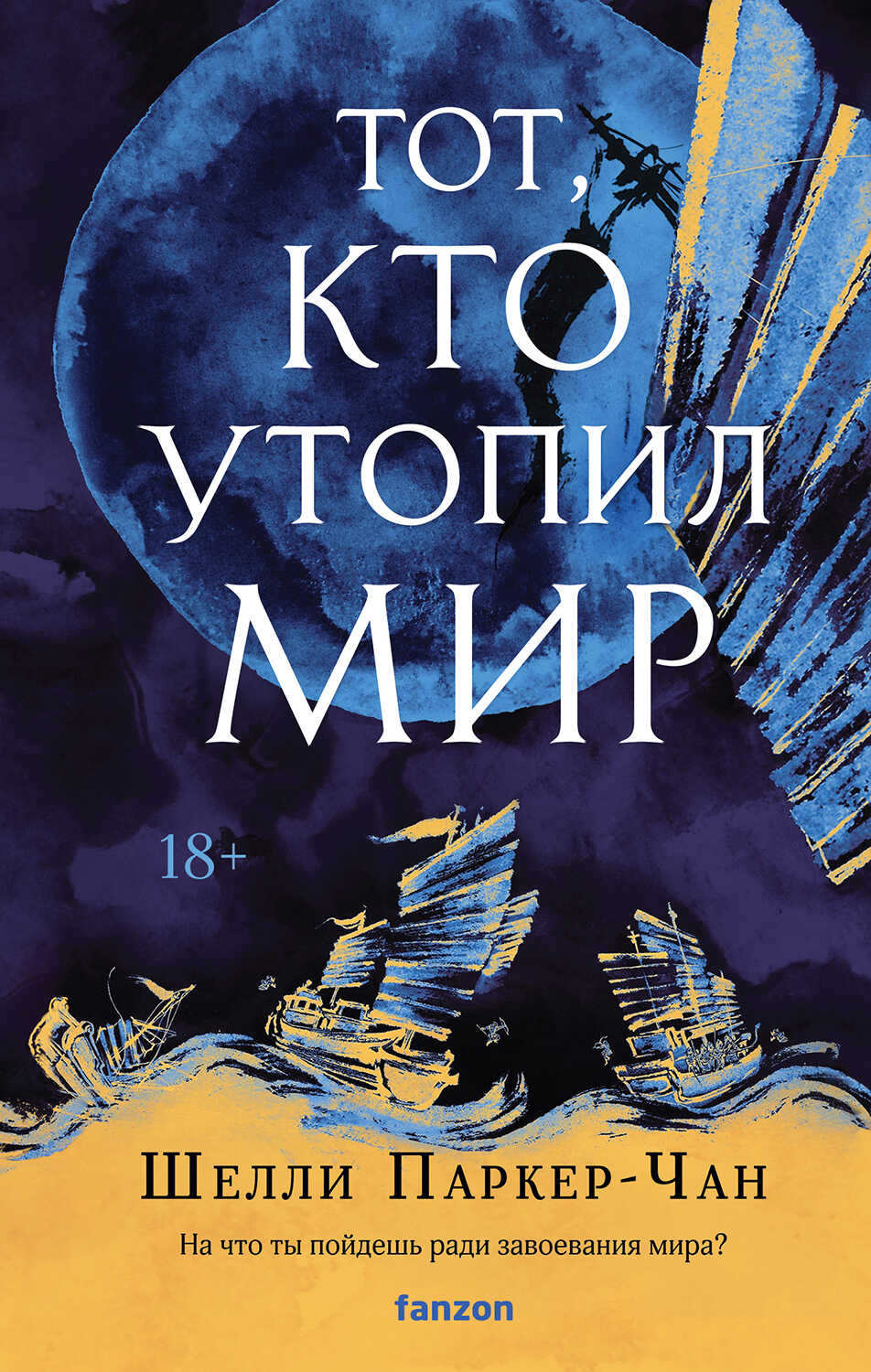Книга Искусные адаптации. Крот-звездонос, электрический угорь и другие чудеса эволюции - Кеннет Катания
На нашем литературном портале можно бесплатно читать книгу Искусные адаптации. Крот-звездонос, электрический угорь и другие чудеса эволюции - Кеннет Катания полная версия. Жанр: Книги / Приключение. Онлайн библиотека дает возможность прочитать весь текст произведения на мобильном телефоне или десктопе даже без регистрации и СМС подтверждения на нашем сайте онлайн книг knizki.com.
Шрифт:
-
+
Интервал:
-
+
Закладка:
Сделать
Перейти на страницу:
Перейти на страницу:
Внимание!
Сайт сохраняет куки вашего браузера. Вы сможете в любой момент сделать закладку и продолжить прочтение книги «Искусные адаптации. Крот-звездонос, электрический угорь и другие чудеса эволюции - Кеннет Катания», после закрытия браузера.
Книги схожие с книгой «Искусные адаптации. Крот-звездонос, электрический угорь и другие чудеса эволюции - Кеннет Катания» от автора - Кеннет Катания:
Комментарии и отзывы (0) к книге "Искусные адаптации. Крот-звездонос, электрический угорь и другие чудеса эволюции - Кеннет Катания"
























